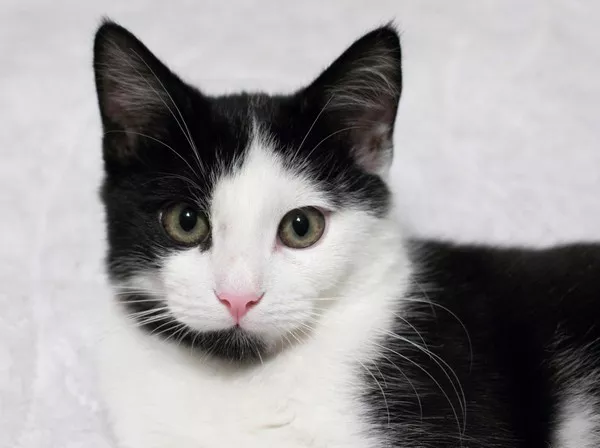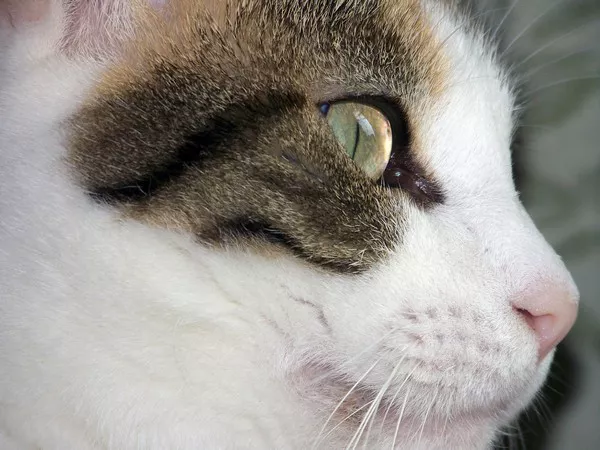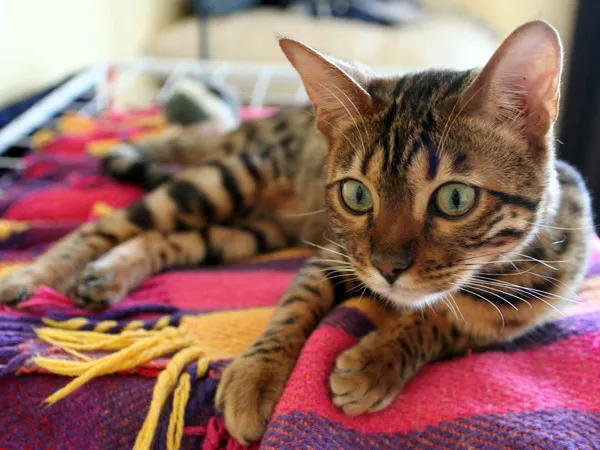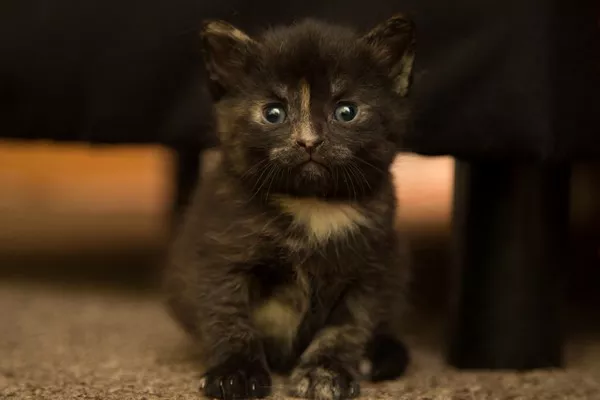Cats are one of the most popular pets in the world, known for their independent nature and affectionate personalities. Whether you’re a seasoned cat owner or considering adopting a new feline friend, it’s important to have a good understanding of cat behavior, health, and care.
In this article, I will provide a comprehensive guide to healthy adult cat food, including the nutrients your cat needs, how to choose the right food, and tips for feeding your cat a balanced diet.
Understanding Your Cat’s Nutritional Needs
Cats are obligate carnivores, which means that they require a diet that is high in protein and low in carbohydrates. In the wild, cats primarily consume meat, which provides them with the protein, fat, and nutrients they need to thrive.
Domestic cats have similar dietary requirements, and it’s important to choose a cat food that meets these needs.
Protein
Protein is the most important nutrient in your cat’s diet. It is essential for building and repairing tissues, maintaining a healthy immune system, and providing energy.
Look for cat food that contains high-quality sources of protein, such as chicken, turkey, fish, or beef. The protein content of cat food should be at least 30% on a dry matter basis.
When choosing a cat food, it’s important to look for a food that contains the appropriate levels of essential amino acids. Most high-quality cat foods are formulated to meet the nutritional requirements established by the AAFCO, which includes guidelines for protein and amino acid content.
It’s also important to note that not all sources of protein are created equal. Animal-based proteins, such as chicken or fish, are more easily digestible and provide a more complete amino acid profile than plant-based proteins, such as soy or wheat.
However, some cats may have allergies or sensitivities to certain types of protein. If your cat has a known allergy or sensitivity, talk to your veterinarian about choosing a cat food that is appropriate for their needs.
Fat
Fat is another important nutrient in your cat’s diet. It provides energy, helps absorb vitamins, and supports healthy skin and coat. Look for cat food that contains healthy sources of fat, such as chicken fat or fish oil. The fat content of cat food should be around 20-30% on a dry matter basis.
When choosing a cat food, look for a food that contains healthy sources of fat, such as chicken fat or fish oil. These sources of fat are more easily digestible and provide a more complete fatty acid profile than plant-based sources of fat, such as corn or soybean oil.
The fat content of cat food should be around 20-30% on a dry matter basis. However, it’s important to note that not all cats require the same amount of fat in their diet. Cats that are more active or have a higher metabolism may require more fat to maintain their energy levels, while cats that are less active may require less fat to prevent weight gain.
It’s also important to monitor your cat’s weight and body condition to ensure that they are not overeating or consuming too much fat. Overfeeding can lead to obesity and other health issues, so be sure to follow the feeding guidelines on the cat food label and adjust the amount based on your cat’s age, activity level, and overall health.
Carbohydrates
While cats don’t require carbohydrates in their diet, some cat food contains them as a source of energy. However, it’s important to choose cat food that contains complex carbohydrates such as brown rice or sweet potatoes, rather than simple carbohydrates like corn or wheat. The carbohydrate content of cat food should be less than 10% on a dry matter basis.
It’s true that cats are obligate carnivores, meaning they have a biological need for a diet that is high in animal protein and low in carbohydrates. However, some cat food manufacturers include carbohydrates in their formulas as a source of energy and to help bind the kibble together.
When choosing a cat food that contains carbohydrates, it’s important to look for complex carbohydrates such as brown rice or sweet potatoes, rather than simple carbohydrates like corn or wheat. Complex carbohydrates provide a slower release of energy and are more easily digestible than simple carbohydrates.
The carbohydrate content of cat food should be less than 10% on a dry matter basis. This is because cats have a limited ability to digest and metabolize carbohydrates, and a diet that is too high in carbohydrates can lead to weight gain, diabetes, and other health issues.
It’s also important to note that some cats may have sensitivities or allergies to certain types of carbohydrates, so it’s important to monitor your cat’s reaction to any new food and talk to your veterinarian if you notice any signs of digestive upset or allergic reactions.
Vitamins and Minerals
Cat food should also contain essential vitamins and minerals, such as vitamin A, vitamin D, calcium, and phosphorus. These nutrients are important for maintaining healthy bones, teeth, and overall health.
Vitamins and minerals play a crucial role in maintaining healthy bones, teeth, and muscles, as well as supporting a healthy immune system and proper organ function. Some of the most important vitamins and minerals for cats include:
Vitamin A: Important for maintaining healthy vision, skin, and immune function.
Vitamin D: Necessary for proper absorption and utilization of calcium and phosphorus, which are essential for healthy bones and teeth.
Calcium: Essential for strong bones and teeth, as well as proper muscle and nerve function.
Phosphorus: Works with calcium to maintain healthy bones and teeth, and is also important for energy metabolism and kidney function.
Iron: Necessary for the formation of red blood cells, which carry oxygen throughout the body.
Zinc: Important for immune function, wound healing, and maintaining healthy skin and coat.
Copper: Necessary for the formation of connective tissue and proper iron metabolism.
Selenium: An antioxidant that helps protect against cellular damage and supports immune function.
Choosing the Right Cat Food
When choosing cat food, it’s important to read labels carefully and choose a high-quality option that meets your cat’s nutritional needs. Look for cat food that contains high-quality sources of protein, healthy fats, and complex carbohydrates. Avoid cat food that contains fillers, artificial preservatives, or by-products.
There are several types of cat food to choose from, including dry food, wet food, and raw food. Dry food is convenient and can help keep your cat’s teeth clean, but it can also be high in carbohydrates.
Wet food is higher in moisture and can help keep your cat hydrated, but it can be more expensive and spoil more quickly.
Raw food is a controversial option that can be beneficial for some cats, but it requires careful preparation and can be expensive.
Feeding Your Cat a Balanced Diet
Once you’ve chosen the right cat food, it’s important to feed your cat a balanced diet. Follow the feeding guidelines on the cat food label, and adjust the amount of food based on your cat’s age, weight, and activity level.
Be sure to provide fresh water at all times, and avoid feeding your cat table scraps or human food, which can be high in fat and calories.
In addition to feeding your cat a balanced diet, it’s important to provide regular exercise and mental stimulation.
Provide your cat with toys, scratching posts, and other forms of stimulation to encourage physical activity and prevent boredom.
Conclusion
Choosing the right cat food is essential for maintaining your cat’s overall health and wellbeing. Look for cat food that contains high-quality sources of protein, healthy fats, and complex carbohydrates, and avoid foods that contain fillers, artificial preservatives, or by-products. Feeding your cat a balanced diet, providing regular exercise, and mental stimulation can help ensure your cat lives a long and healthy life.
Related Topics



















